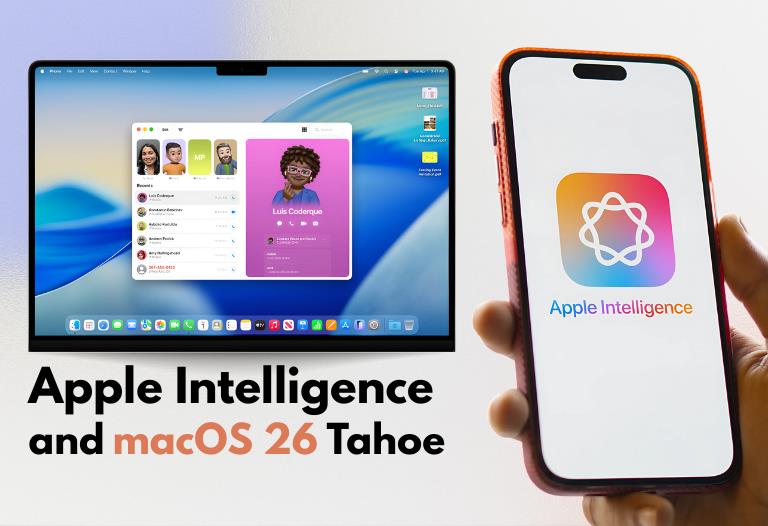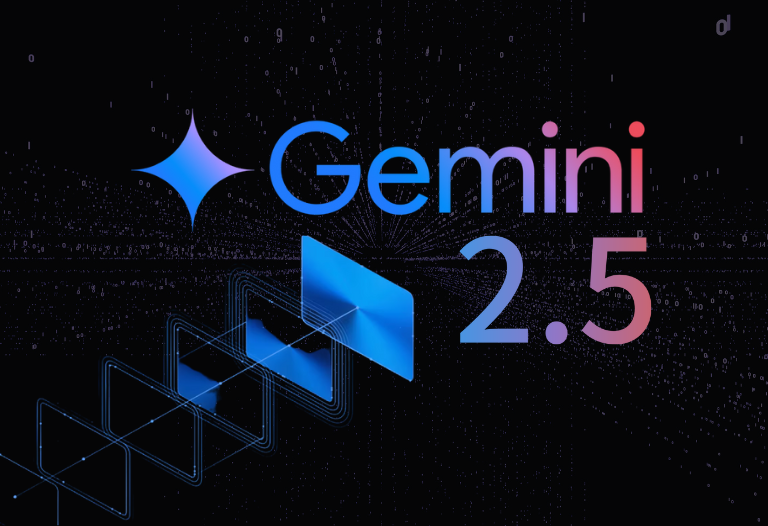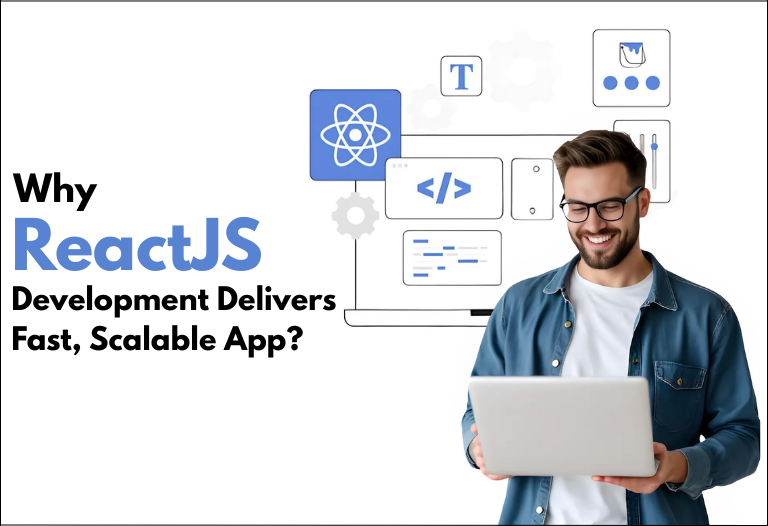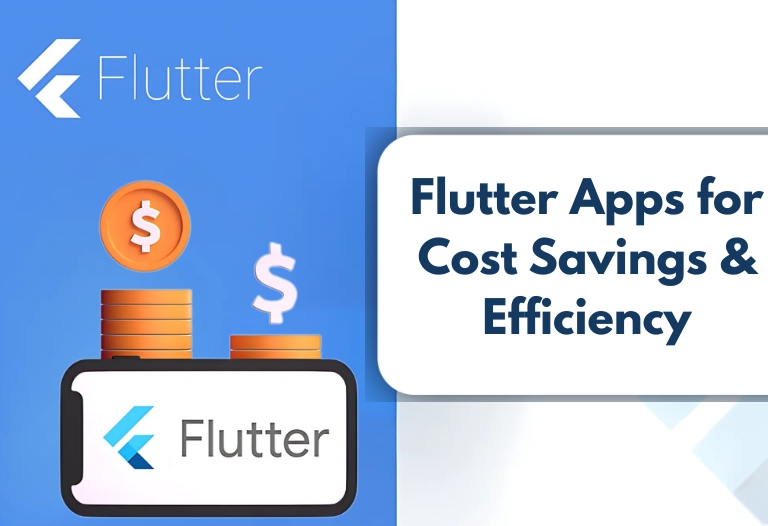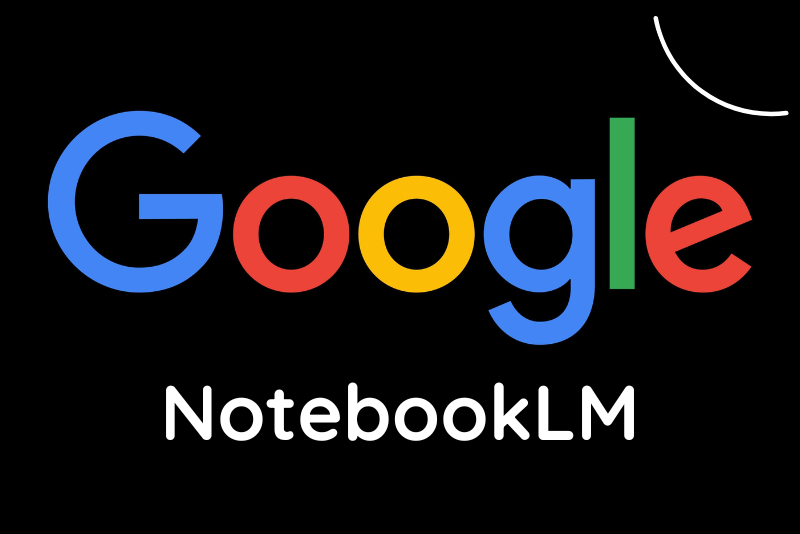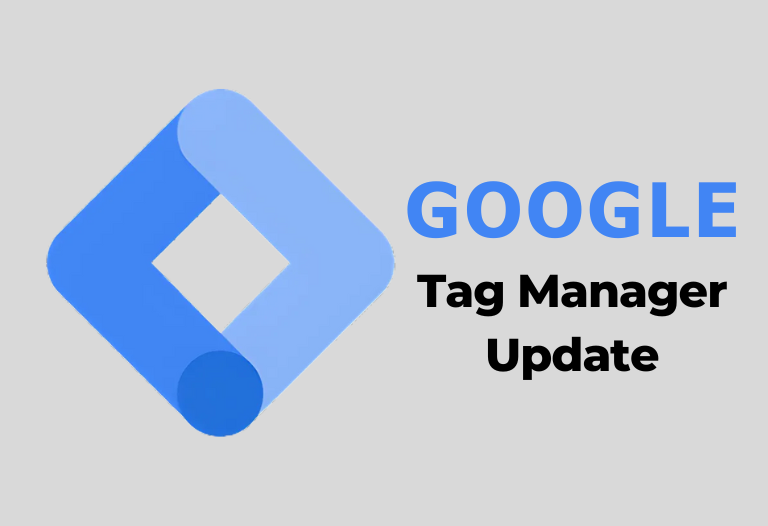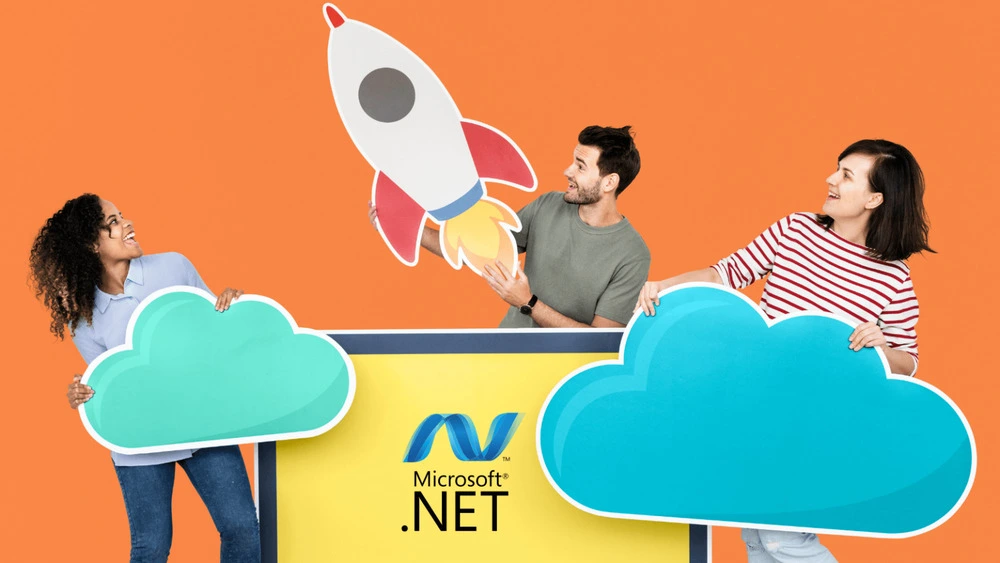
Microsoft announced in a bulletin on February 13 that the development of cloud-native and AI-powered applications will be the primary focus of Microsoft’s upcoming .NET 9 release, a planned major update to the company’s cross-platform development platform.
Microsoft plans to enhance runtime efficiency, and application monitoring, and provide “paved paths” to widely used production infrastructure and services for cloud-native developers. The latter utilizes Redis and other managed database and caching services with Kubernetes.
These enhancements will be provided across several .NET stack tiers. According to Microsoft, these features complement.NET Aspire, which attempts to lower the price and complexity of developing cloud applications.
Visual Studio and Visual Studio Code will release new development and deployment features for.NET Aspire in addition to .NET 9.
The past week saw the arrival of .NET 9 Preview 1. November marks the release date of .NET 9’s production version, which comes around a year after that of .NET 8. Microsoft is going to support .NET 9 for a full year.
Microsoft also released .NET Aspire Preview 3, which includes additional component support for Azure Cosmos DB, Apache Kakfa, OpenAI, MySQL, Oracle, and Orleans, the company’s platform for creating distributed applications, along with UI enhancements to the dashboard.
Microsoft’s Plan for .NET9
The first preview of .NET 9 is currently accessible for download. Microsoft intends to encourage the adoption of .NET 8 in production scenarios by releasing preview releases on GitHub Discussions and customizing their .NET blog articles to emphasize the features of the platform.
On February 13, .NET Aspire Preview 3 was also released. With this release, the dashboard’s user interface has been improved, and additional components like Azure OpenAI and Kafka are supported. Orleans, CosmosDB, MySQL, and Oracle.
Artificial Intelligence and .NET
Developers are excited about OpenAI because it gives them the chance to use AI to transform their applications. In the last year, Azure Open AI and .NET have been used to develop AI products, the most well-known of which being Microsoft Copilot. Microsoft will keep collaborating with clients who want to develop products in this new category using C# while also making quick investments in our AI platform.
Microsoft increased its effort in .NET 8 beyond ML.NET. Additionally, they concentrated on AI workloads, made investments in documentation and starter samples, and worked with partners in the AI ecosystem to develop C# clients for libraries like Semantic Kernel and vector databases like Qdrant and Milvus. They also included TensorPrimitives for.NET.
Microsoft is dedicated to making it even simpler for .NET developers to incorporate artificial intelligence into both new and current applications as they look ahead to .NET 9. To guarantee that .NET developers have the best possible experience creating intelligent apps, developers may continue working together on Semantic Kernel, OpenAI, and Azure SDK, as well as finding excellent libraries and documentation for dealing with OSS models (hosted and local).
Throughout the release, Microsoft will be making updates to the ChatGPT + Enterprise Data with Azure OpenAI and Cognitive Search .NET Sample on GitHub.
.NET 9 Backlog
Microsoft will deliver more than simply these cloud-native and AI programs. The.NET SDK’s runtime and toolkit components, including C#, F#, ASP.NET Core and Blazor, and .NET MAUI, have published backlogs. For your preferred product categories and features, take a look at the GitHub backlog for the .NET 9 Project.
Conclusion
Microsoft defines new features and updates developments regularly. As they move forward, they will update both the .NET 9 release notes and their backlog. Additionally, they will be showcasing some of their ongoing experiments, some of which might find their way into a future release.




 February 21, 2024
February 21, 2024